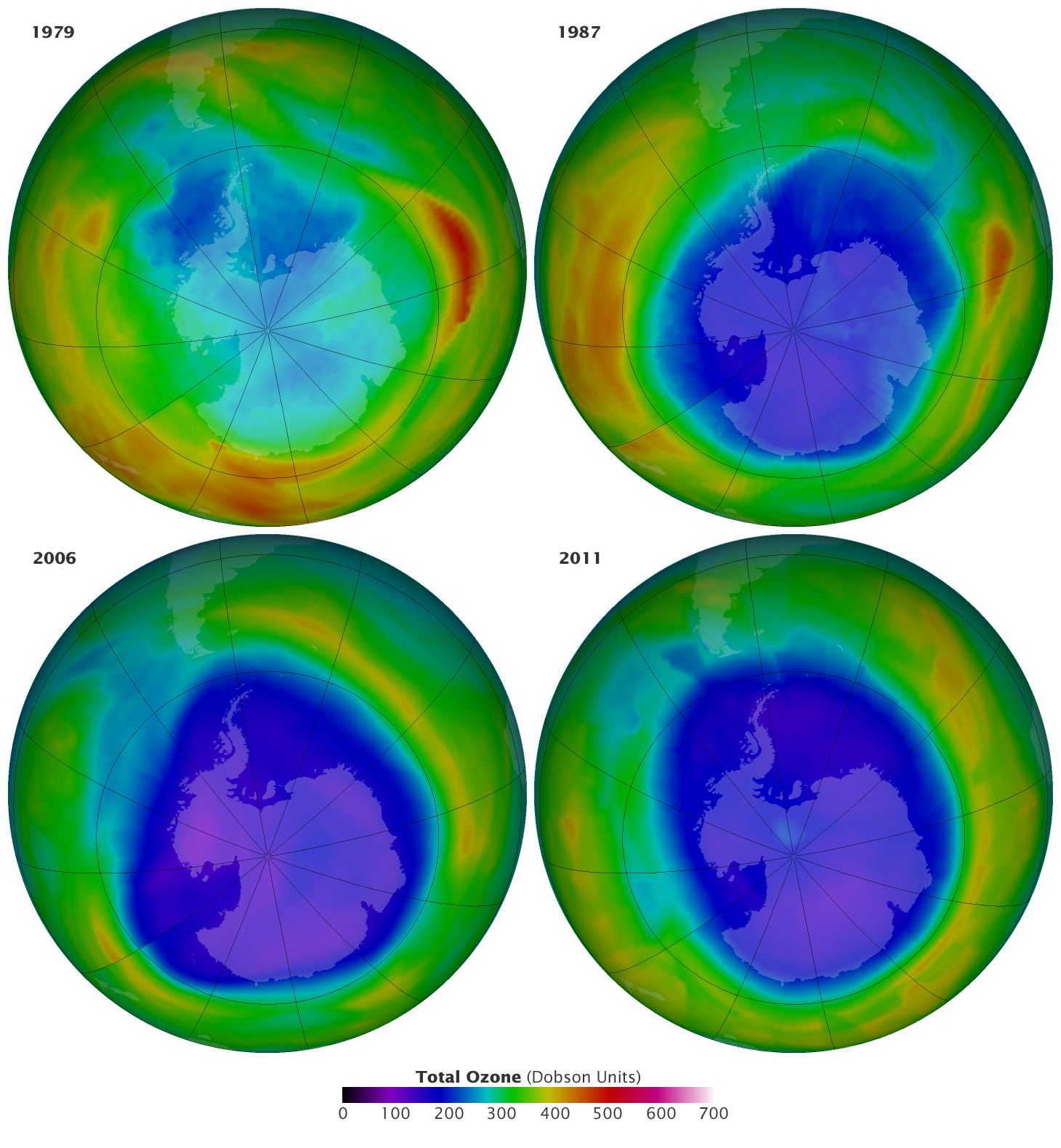The Montreal Protocol on Substances that Deplete the Ozone Layer is a global agreement to protect the Earth’s stratospheric ozone layer by phasing out the production and consumption of nearly 100 man-made chemicals referred to as ozone-depleting substances (ODS).
The protocol was signed in 1987 and entered into force in 1989. It has been amended nine times since then to include additional ODS and to adjust the phase-out schedules. All 198 UN member states are parties to the protocol.
The Montreal Protocol has been one of the most successful international environmental agreements in history. It has led to a significant reduction in the atmospheric concentrations of ODS, and the ozone layer is now on track to recover.
The protocol has also had a number of other benefits, including reducing greenhouse gas emissions and improving public health.
Key achievements of the Montreal Protocol:
- The global production and consumption of ODS has been reduced by over 99%.
- The ozone layer is expected to recover to pre-1980 levels by the middle of the 21st century.
- The protocol has helped to reduce greenhouse gas emissions and improve public health.

Recent news: Ozone hole above Antarctica is now three times the size of Brazil
External link: Watching the Ozone Hole Before and After the Montreal Protocol
